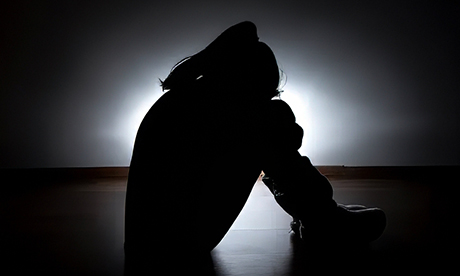Sexual violence in schools is a very real problem.
A report by ‘Let’s Talk Consent’ collected testimonies from 300 students. All had been victims of sexual assault at school.
Let’s Talk Consent’s founder and report author, Genna Hawkins-Boulton, says victims were confident about reporting their assaults.
However they often still found themselves in the same classes as the assault perpetrators.
Hawkins-Boulton is appalled that schools are not offering pathways to restorative justice.
This is particularly disappointing when victims who had received consent education recognised their experience as sexual assault and followed the advice to report “the person who had hurt them”.
Schools are “really struggling” to uphold their duty of care in this regard, Hawkins-Boulton says.
Her report recommends more training so staff can better support victims, revising guidelines so there is a zero-tolerance approach to sexual violence and making consent-based education compulsory.
Hawkins-Boulton thinks schools aren’t adequately prepared to handle sexual assault disclosures. A lack of support for those who came forward to report abuse is a result.
“… it’s quite a tough environment for a survivor to be in” she says.
In one testimony, a sexual abuse survivor says they approached their school detailing the abuse and its mental health impacts. These included at least four panic attacks a week. They also resulted in a suicide attempt.
Despite speaking out about the attack and identifying the attacker, the sexual abuse survivor was timetabled to share two classes with the attacker the following year.
They were also offered a counselling session with the perpetrator.
Hawkins-Boulton says that is “just a big ‘no’ in terms of thinking about retraumatisation in survivors.”
The survivor left “that school to go somewhere else and that was a massive disruption to learning.”
Victim blaming
The report highlighted concerns about victim-blaming.
Sexual abuse survivors say they experienced this, not only from their peers, but also sometimes from staff.
“That’s when the disclosure training would [be] really crucial, because you just never want to put the onus on the victim for coming forward,” Hawkins-Boulton says.
Pornography
Young people’s easy access to pornography is ‘incredibly dangerous’ Hawkins-Boulton says. It’s an important reason for making consent-based education compulsory.
The Let’s Talk Consent report referenced a Light Project in 2018. It found 75 percent of New Zealand 14-17-year-olds had seen pornography.
Seventy-three percent of those who watched it said they used it as a learning resource.
Seventy percent believed watching pornography influenced them to view women as sex objects.
Thirty-five percent of pornographic scenes showed coercion.
People are learning about consent through pornography – which often ignores consent, Hawkins-Boulton says.
It “… glamourises sexual assault – and so that is incredibly dangerous.”
She thinks both schools and parents should be having tough conversations around pornography literacy. Doing so would provide students with guidance for the rest of their lives, she believes.
“We have to think about what kind of example we are setting for young people, and schools are an environment where tweens kind of grow into young adulthood” she says.
“We have to really create a culture where there is a zero tolerance of sexual violence.”
Source
